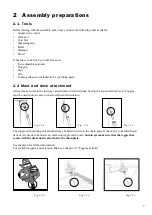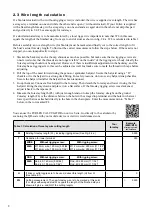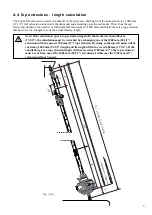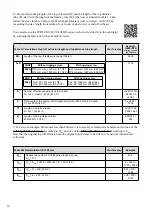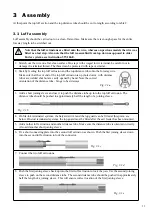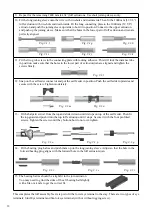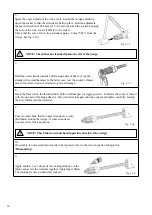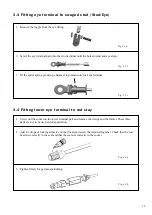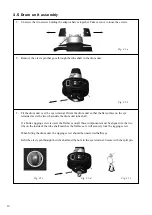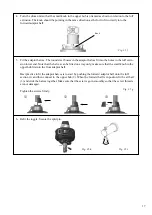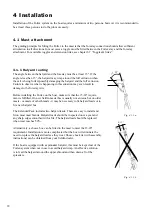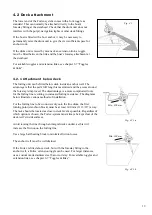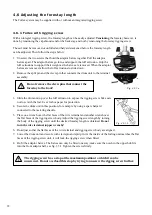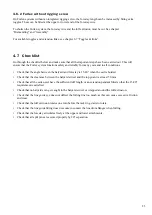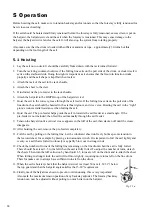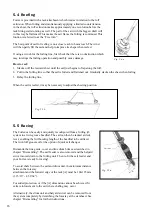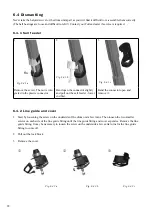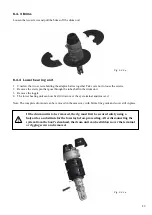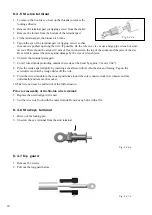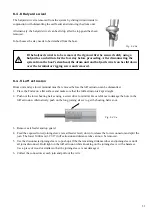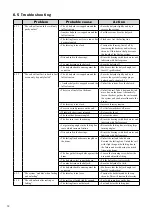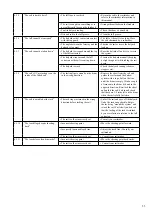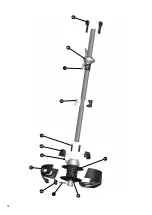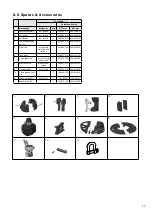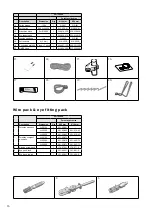
21
To wind the line onto the drum, turn the luff extrusion by hand and wind approximately 30 turns onto the line
drum. Wind the line onto the drum before hoisting the sail.
The line should be led aft to the cockpit via lead blocks. Lead blocks are included in the Extended Pack. The
lead blocks are normally mounted on the pulpit and on the stanchions leading the line back to cockpit.
The forward lead block is fitted so that the furling line exits the line guide fitting in a straight line. Ease the
screw on the underside of the drum unit a little to be able to make the adjustments. Also adjust the line guide
and cover height so that the drum is allowed to rotate freely. Tighten the screw firmly when finished.
The final turning block by the cockpit needs to be matched individually to each boat depending on the
attachment points, the line arrangement chosen and possibly also the type of other blocks on the boat. We
recommend a swivel block which is free to self-align. The maximum working load of the block should not be
less than 15000 N (1500 kg/3300lb).
Fig. 4.5.2.c
Fig. 4.5.2.d
Fig. 4.5.2.e
If the sail’s ultraviolet (UV) protection is fitted on the starboard side of the sail, the furling line should exit on
the port side of the line drum. If the UV protection is fitted on the port side, the furling line should exit on the
starboard side of the line drum.
To fit the furling line, feed the rope through the two ”channels” in the drum. Fit the first screw through the rope
approximately 25 mm (63/64”) from the rope end. Then tighten up the rope and push it into the jaw-slot before
fitting the second screw. Finally feed the rope through the eye in the line guide fitting and refit cover and line
guide by doing a reverse dismantling, see previous chapter.
4.5.2 Fitting the furling line
Fig. 4.5.2.a
Fig. 4.5.2.b

